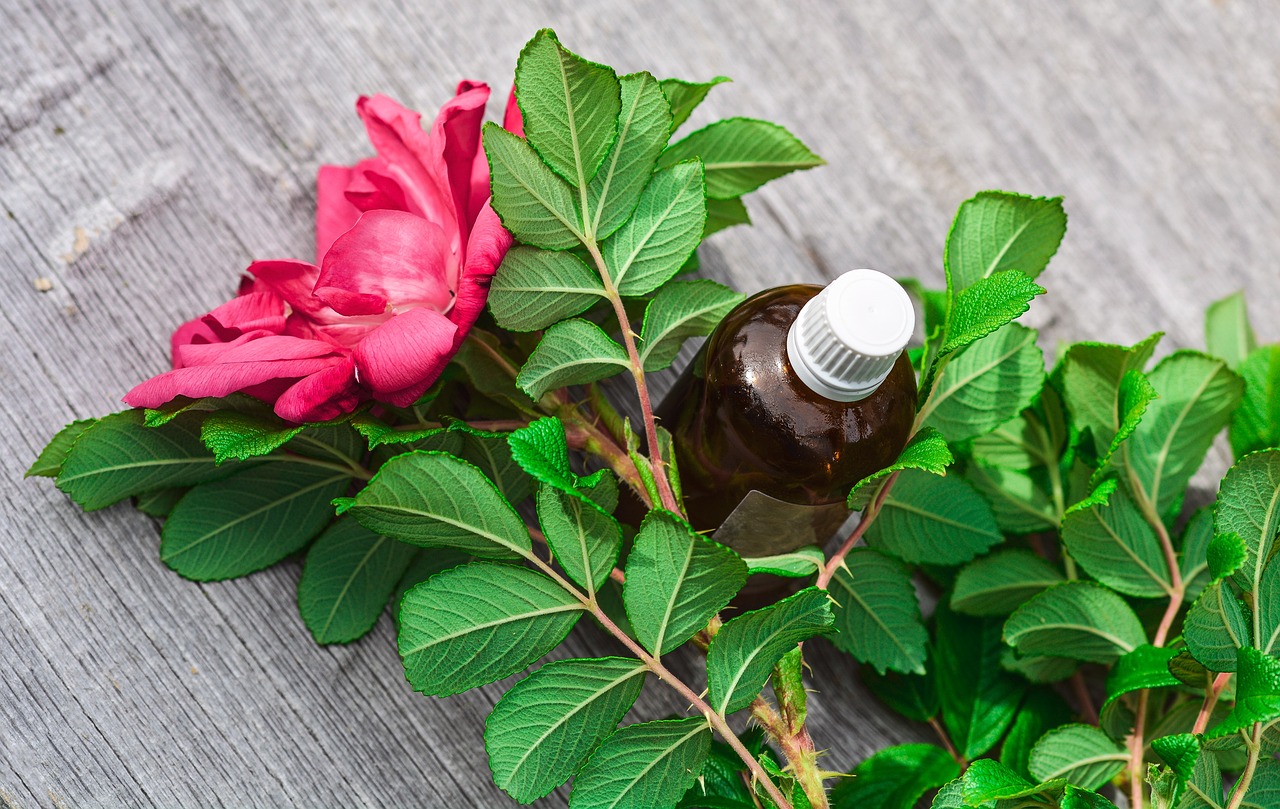
You’ve just finished an intense workout and you’re feeling great. But the next day, you wake up feeling like you’ve been hit by a truck. Your muscles ache and you can barely move. Congratulations, you have DOMS – Delayed Onset Muscle Soreness. But don’t worry, DOMS is a common occurrence in the fitness world and there are ways to alleviate the pain and discomfort. In this article, we’ll demystify DOMS and provide you with the best practices to help you recover and get back to your workout routine. So, let’s dive in and learn how to conquer DOMS once and for all.
1. Understanding DOMS: The Science Behind Post-Workout Soreness
DOMS, or Delayed Onset Muscle Soreness, is a common phenomenon experienced by many individuals after engaging in physical activity. It refers to the muscle pain and stiffness that occurs 24-72 hours after exercise. DOMS can be caused by a variety of factors such as eccentric contractions, muscle damage, inflammation, and metabolic stress.
During exercise, the muscle fibers undergo microscopic damage and inflammation. This damage triggers an immune response, leading to the release of inflammatory molecules such as cytokines and prostaglandins. These molecules cause pain and stiffness in the affected muscles. Additionally, metabolic stress caused by the buildup of lactic acid and other metabolites can also contribute to DOMS. While DOMS is generally considered a normal response to exercise, it can also be an indicator of overexertion or inadequate recovery time. To alleviate DOMS, it is important to engage in proper warm-up and cool-down routines, stay hydrated, and allow for adequate rest and recovery time between workouts.
2. From Prevention to Recovery: Best Practices for Managing DOMS
Delayed Onset Muscle Soreness (DOMS) is a common condition that often affects athletes and fitness enthusiasts. It occurs when you engage in intense physical activity that your body is not used to, causing microscopic tears in your muscle fibers. While it is impossible to avoid DOMS entirely, there are several best practices you can follow to prevent and manage it effectively.
- Warm-up: A proper warm-up routine is essential to prepare your muscles for the workout ahead. A good warm-up should include light cardio, stretching, and dynamic movements that mimic the exercises you will be doing.
- Gradual Progression: Avoid jumping into a new workout routine at full intensity. Instead, gradually increase the intensity and duration of your workouts over time to allow your muscles to adapt and prevent excessive soreness.
- Cool-down: Cooling down after a workout helps reduce muscle soreness and stiffness. It should include stretching, foam rolling, and light cardio to flush out lactic acid and promote recovery.
When it comes to managing DOMS, there are several strategies you can use to alleviate the pain and discomfort:
- Rest: Taking a break from intense physical activity can help your muscles recover and reduce soreness. However, complete inactivity can also make DOMS worse, so consider doing low-impact activities like walking or swimming.
- Ice and Heat: Applying ice to sore muscles can help reduce inflammation and pain. Heat therapy, such as a warm bath or heating pad, can also help relax tight muscles and improve blood flow.
- Nutrition: Eating a well-balanced diet with plenty of protein and anti-inflammatory foods can help speed up recovery and reduce inflammation. Consider adding foods like salmon, nuts, and leafy greens to your diet.
3. Unlocking Your Full Potential: How to Train Hard without Overcoming DOMS
Training hard is essential to unlocking your full potential as an athlete or fitness enthusiast. However, the aftermath of a tough workout can leave you feeling sore and stiff for days. Delayed onset muscle soreness (DOMS) is a common occurrence after an intense training session, but it doesn’t have to hinder your progress. Here are some tips on how to train hard without overcoming DOMS.
Firstly, it’s important to incorporate a proper warm-up and cool-down routine into your workouts. This will help to increase blood flow and oxygen to your muscles, which can reduce the severity of DOMS. Additionally, stretching and foam rolling can help to alleviate muscle tension and soreness. When training, start with lighter weights and gradually increase the intensity over time. This will allow your muscles to adapt and prevent excessive damage that can lead to DOMS. Finally, don’t forget to fuel your body with proper nutrition and hydration before, during, and after your workouts. This will help to support muscle recovery and reduce the likelihood of DOMS. After reading through this guide, we hope that you have a better understanding of DOMS and how to manage it. Remember, DOMS is a natural response to exercise and can be a sign of progress. However, it’s important to listen to your body and take the necessary steps to prevent injury and promote recovery. Incorporating these best practices into your workout routine can help you achieve your fitness goals and stay healthy. So, don’t let DOMS hold you back from reaching your full potential – embrace it, manage it, and keep pushing forward.
